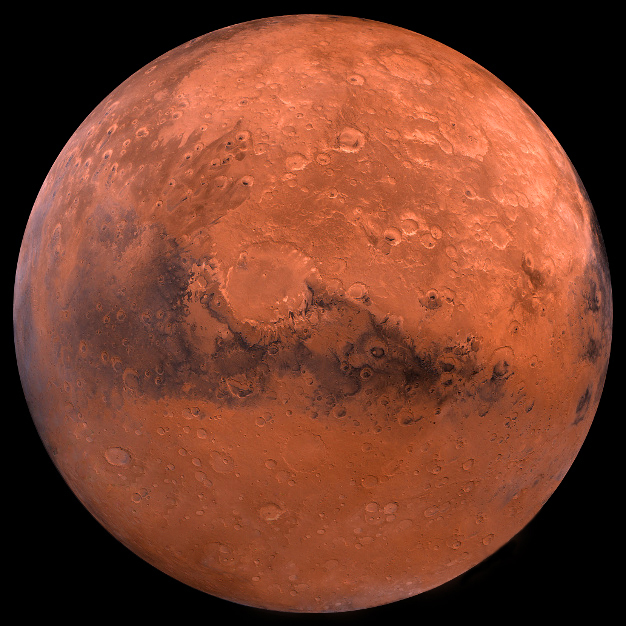
The Mars Helicopter Ingenuity’s flight is the first powered flight of an aircraft on another planet. While the Apollo 11 spacecraft famously touched down on the moon, upon re-launch it simply had to exit the moon’s gravity and return to Earth. To sustain flight within the environment of a world with no atmosphere, however, is a different story. The now historic Ingenuity helicopter took six years to make.
Why Local Flight on Mars Is a Big Deal
There are several technological challenges to conducting a helicopter flight on another world. The blades, or “rotors” of a helicopter must spin fast enough to generate a force called “lift. Flying Ingenuity in Mars’s atmosphere is therefore the equivalent of flying a helicopter on Earth at a height of 100,000 feet. For reference, commercial aircraft fly between 30,000-40,000 feet above the Earth’s surface and the highest we’ve ever been in a helicopter on Earth is 42,000 feet.
If Mars had the same atmosphere as Earth, it’s lesser gravity means we’d be able to lift Ingenuity with less power than would be required here. Ingenuity’s success marks the first time such a flight has even been attempted outside of Earth.
Advanced Manufacturing
Firstly, to generate lift, the two rotors had to spin much faster than any helicopter’s on Earth. Even transmitting the signal for the flight to begin required an array of advanced technology. Whilst it only requires minutes for radio signals to travel between Earth and Mars, there was still a delay of hours for those signals to reach the helicopter.
Remote-Controlled Flight on Mars
Ingenuity is what we call a “technology demonstrator. Over the next few weeks, the helicopter will undertake three or four more flights, the most adventurous of which will involve taking off and travelling about 300m away from Perseverance.
Homage to the Past, With the Future in Sight
As a touching tribute to the first powered flight on Earth, scientists at the NASA Jet Propulsion Laboratory added a historic artefact to the Mars helicopter.
Attached to a cable underneath one of its solar panels is a small piece of the wing from the Wright brothers’ 1903 Wright flyer.
This item of flight history is the second piece of an Earth aircraft to go into space; a similar piece of the wing was taken to the moon during the Apollo missions.
Missions are already at work to push the barriers of powered flight on other worlds. In particular, the Dragonfly helicopter is planned to fly above the surface of Titan, one of Saturn’s moons, with arrival scheduled for 2034. Maybe it too will take a piece of Earth’s history along for the ride as we continue our exploration of other planetary bodies, one world at a time.
